Contact your local health department for the name of an approved lab. The following guidance letter supersedes and.

Vermiculite Removal And Testing Insulation Removal Toronto
This is to be used until new testing methods are established that effectively remove vermiculite from test samples and accurately identify asbestos.

. August 2022 Learn how and when to remove this template message This is a list of insulation materials used around the world. Vermiculite Removal. Loose-fill never has paper or other types of backing like some but.
This was used for home insulation before the banning of asbestos. On its web site EPA has updated information about Vermiculite and its uses factsheets Question and. Vermiculite is usually used in combination with one or more other growing media.
It is another growing media that is the product of rapidly heating a rock. Vermiculite Insulation. It is lightweight and shiny and historically it was poured.
Contemporary wood fibre panels are sold in a variety of textures and for a wide range of uses including as a nail base in roofing and siding as structural insulated panels or SIPS as insulating sheathing. The types of insulation that were most commonly made with asbestos are loose-fill also called blown-in insulation. Cellulose insulation is used in both new and existing homes as loose-fill in open attic installations and dense packed in building cavities such as walls and cathedral ceilings.
MY FIREPLACE AUSTRALIA All the replacement parts you need. The problem is if your home was built before 1990 chances are your vermiculite insulation is contaminated with asbestos. RSI-values and R-values for various materials and structures are noted.
It adds great drainage and moisture retention to any soilless mix. Vermiculite insulation removal costs 4 to 10 per square foot. Large commercial vermiculite mines currently exist in the United States.
On July 9 2013 the New York State Department of Health issued an interim guidance letter to provide a testing alternative for materials containing vermiculite. The last column gives RSI-values normalised to a 1 metre 3 ft 3 in thickness. Cellulose insulation when installed at proper densities cannot settle in a building cavity.
Much but not all of the vermiculite insulation sold in North America prior to 1990 contained asbestos fibers. Vermiculite Insulation Removal Costs. Only certified contractors can be trusted for a task like this one.
Vermiculite is a lightweight pea-size flaky gray mineral. Vermiculite is a hydrous phyllosilicate mineral which undergoes significant expansion when heated. Rheostat firebrick retainers injector assembly secondary air tube HEPA filter much more.
Another material found in attics and walls with a mica-like shine and a gray-brown or silver-gold color may or may not contain asbestos. Some attics have vermiculite insulation which may contain asbestos. Wood Wood Fiber Based Insulation.
The vermiculite used in the product came from a mine in Libby Montana which. Vermiculite contaminated with asbestos was used in the past as a poured-in insulation in attics. Vermiculite itself is harmless but unfortunately much of the vermiculite mined in the United States during the 20th century.
Vermiculite forms by the weathering or hydrothermal alteration of biotite or phlogopite. Vermiculite is a naturally occurring mineral and has also been used for insulation. Zonolite is a type of loose-fill insulation made of asbestos-contaminated vermiculite and it was installed as attic insulation in millions of American homes.
Zonolite insulation is the brand name of vermiculite that came from a contaminated mine so asbestos is mixed into it. It retains slightly more water than perlite and can wick water upwards. It was one of the most popular forms of home insulation in the 1960s and 1970s because it was fire-resistant good for insulation and was.
Unlike many other insulation products of the time Zonolite was never actually intended to contain asbestos. Do not disturb vermiculite insulation unless you have had it tested by an approved lab to be sure that it does not contain asbestos. In existing structures installers remove a strip of exterior siding.
Vermiculite is very similar to perlite. Our photograph shows Vermiculite building insulation. See VERMICULITE INSULATION for details.
If you have this type of insulation it is crucial that you call in professionals that know how to remove it and install a safer type of insulation in your home. Exfoliation occurs when the mineral is heated sufficiently and commercial furnaces can routinely produce this effect. Loose-fill insulation comes in a variety of materials.
This results in a light-weight material useful for insulation packaging and soil improvement. The most common asbestos-containing vermiculite insulation is zonolite. This loose-fill insulation makes vermiculite dangerous because the fibers can easily get through small cracks and into the home making it difficult and time-consuming to.
It is easy to identify by its loose lumpy form and fluffy or granular texture. Vermiculite is a mineral that can be popped like popcorn when heated in a process called exfoliation. Asbestos in Vermiculite and Zonolite Insulation - Asbestos contamination in vermiculite and vermiculite products has become a concern to many citizens throughout the country.
This is loose-fill insulation called vermiculite commonly known by the brand name Zonolite. Typical values are approximations based on the average of available figures.

Attic Vac Vermiculite Removal System By Ruwac In Action Http Www Ruwac Com Youtube

Vermiculite Insulation Removal Bloomfield Mi 800 975 1697
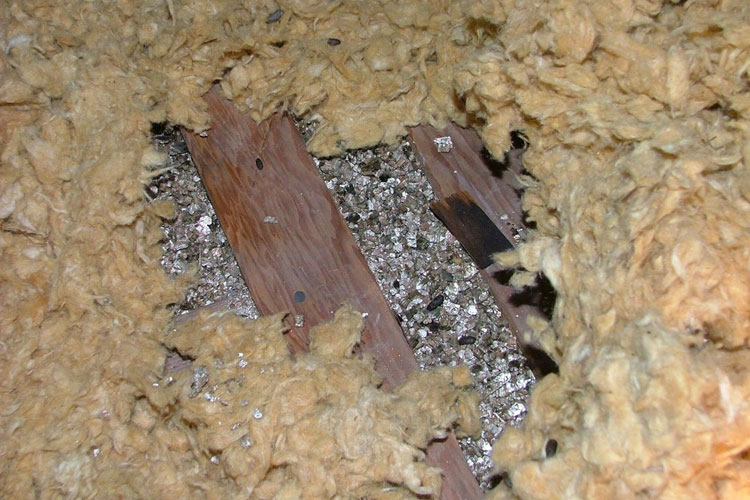
How To Safely Recover Dust Form Insulation Vermiculite Prestivac Inc
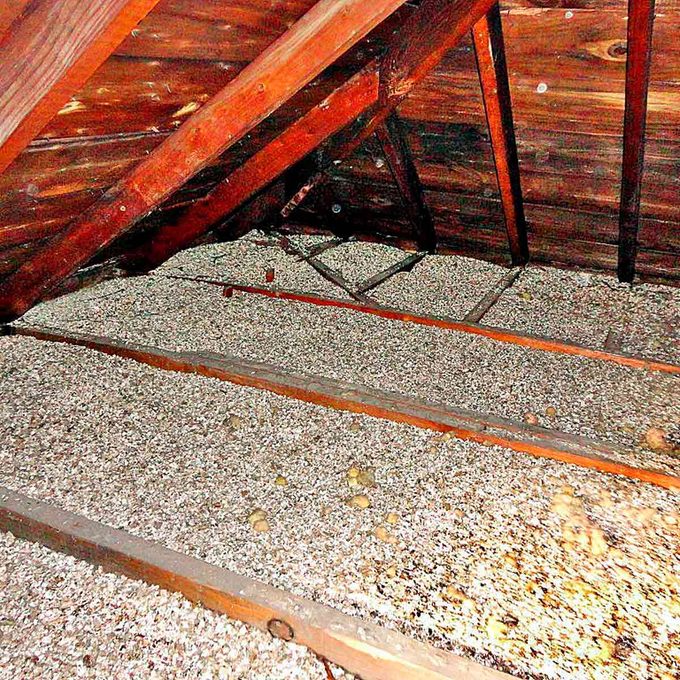
5 Things You Need To Know About Vermiculite Family Handyman
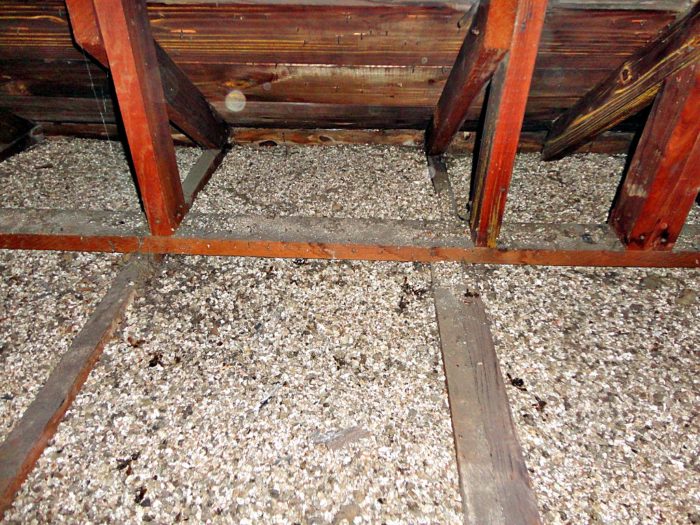
Vermiculite Insulation Diy Safe Asbestos Removal Manmadediy
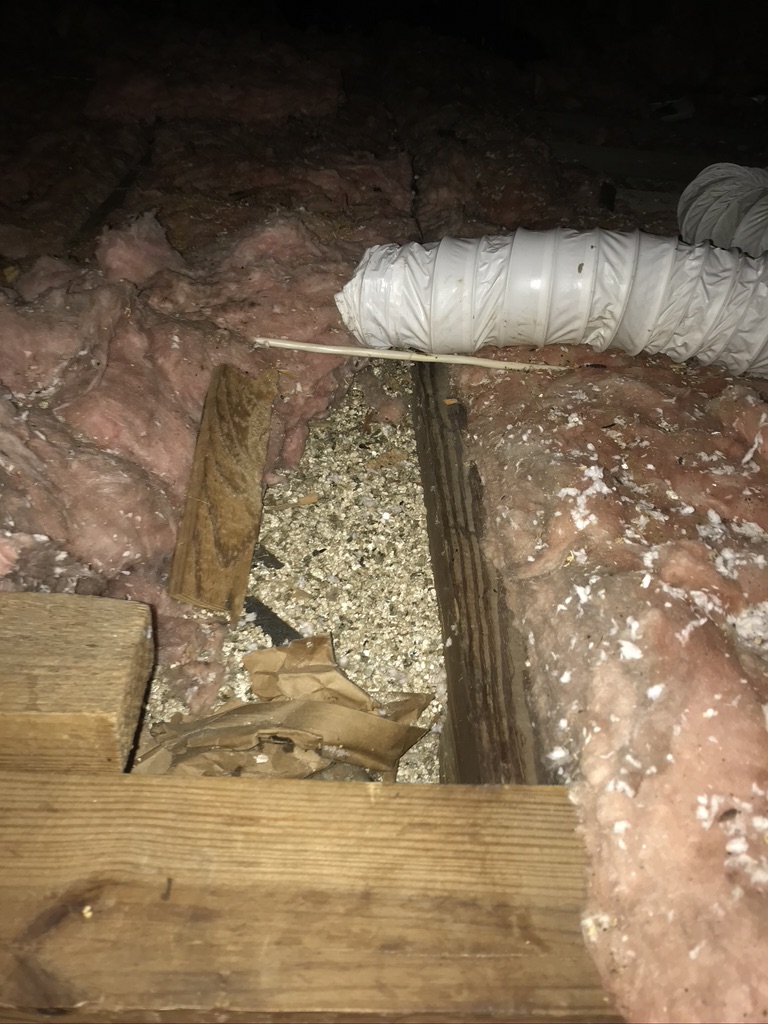
Vermiculite Removal In Attics Healthy Homes And Asbestos Removal Technologies Inc
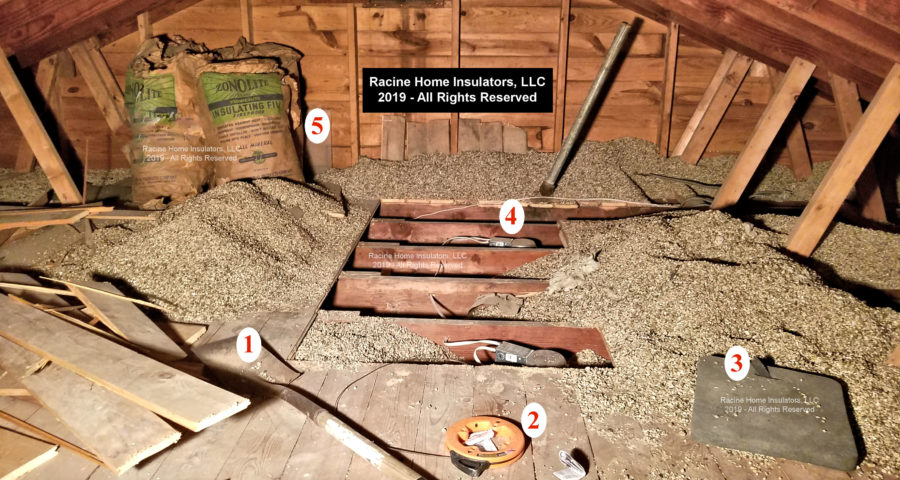
To Remove Or Not Dangerous Asbestos Contaminated Vermiculite Racine Home Insulators Llc

How To Remove Insulation From Your Attic Home Efficiency Upgrades
0 comments
Post a Comment